Sigurd Lewerentz (July 29, 1885 – December 29, 1975) was one of Sweden’s most important and influential architects in the 20th century. Known for his designs that transcended form and function in architecture and prioritized people’s sensory experiences, Sigurd Lewerentz produced structures with a ‘spirit of place’. His designs often showcased a deep respect for the materials and characteristics of the site, frequently incorporating natural elements.
Lewerentz’s designs, which blend modernism and tradition, carry a minimalist aesthetic and deep emotional intensity. His works are dominated by a modernist approach, yet his personal interpretation is also evident. By enriching the functional and simple principles of modernism with emotional depth, the structures he designed can be described as buildings that engage with people.
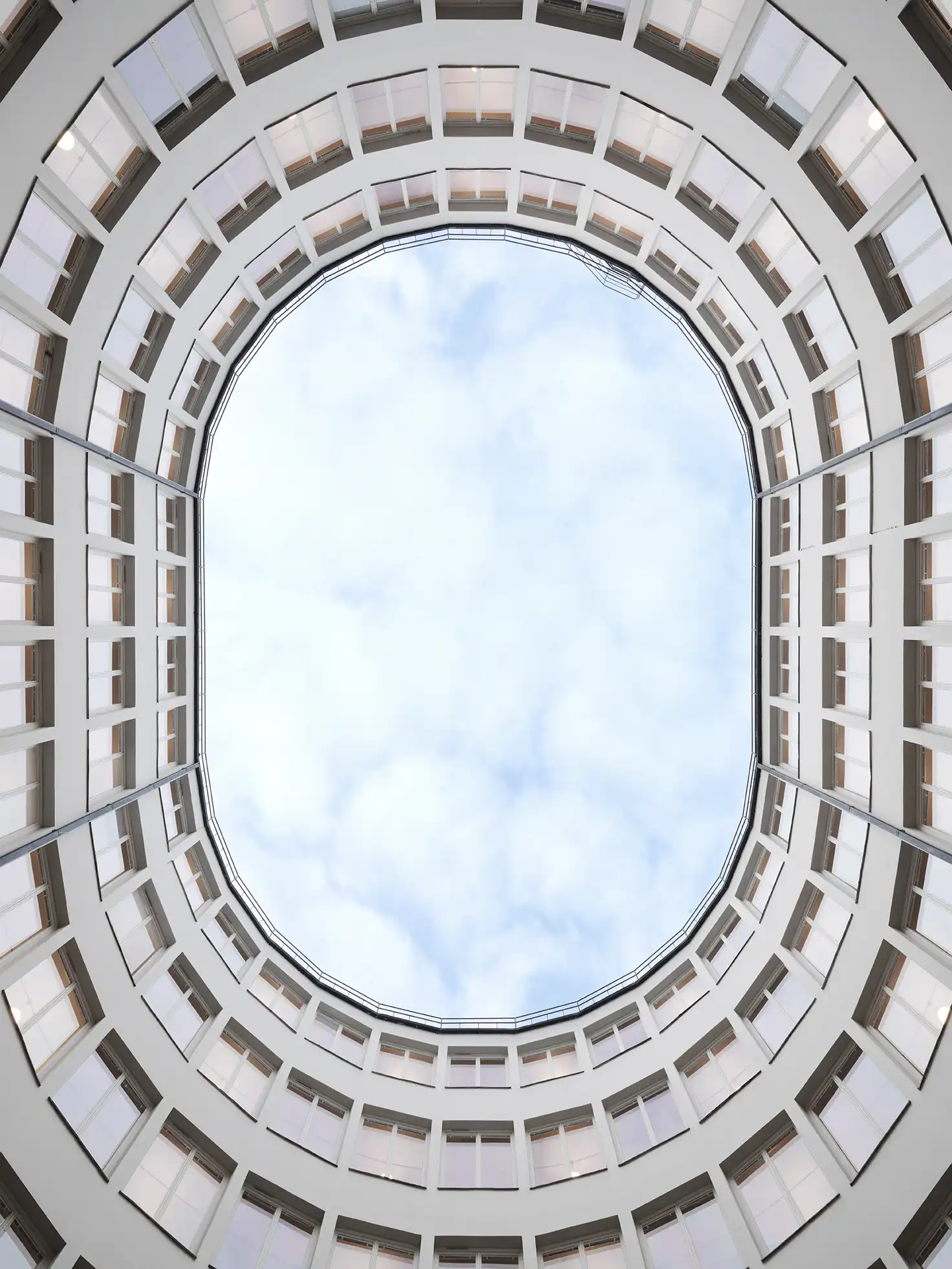
Sigurd Lewerentz, who opened his own office in 1911, served as the chief architect of the Stockholm International Exposition in 1930 alongside Asplund. During the 1940s, disillusioned by his experiences, Lewerentz distanced himself from architecture and operated a factory producing windows and other architectural fixtures of his own design. Sigurd Lewerentz, who continued to work on competition proposals and furniture works until his death, designed 2 churches that revived his architectural career in the last 10 years of his life.
Not seeing architecture purely in aesthetic terms, Lewerentz aimed to add depth to his work, designing buildings that prioritized an inner exploration of space. Here are 10 inspiring works by Sigurd Lewerentz:
Stockholm Rowing Club Boathouse
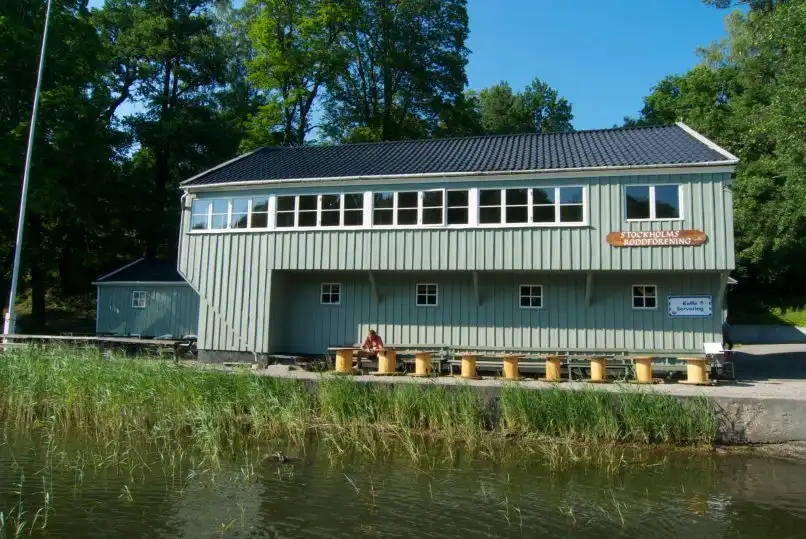
Location: Stockholm, Sweden
Year: 1912
Designed by Sigurd Lewerentz for the city’s rowing club, Stockholm Rowing Club Boathouse is a simple and inspiring structure that reflects Lewerentz’s architectural style. Built using wood materials overlooking the Djurgarden island park, the Boathouse is a two-story structure with an asymmetrical form used as a blood storage facility and rowing club meeting space. Designed functionally by eliminating unnecessary details, the exterior of the structure consists of green-painted vertical boards interrupted by a horizontal row of windows and covered with sloping roofs.
The interiors, created by blending traditional Swedish architecture with modernist touches, receive plenty of natural light with high ceilings and large windows. This structure, which is still actively used today, is one of Lewerent’s inspiring works.
Villa Ahxner
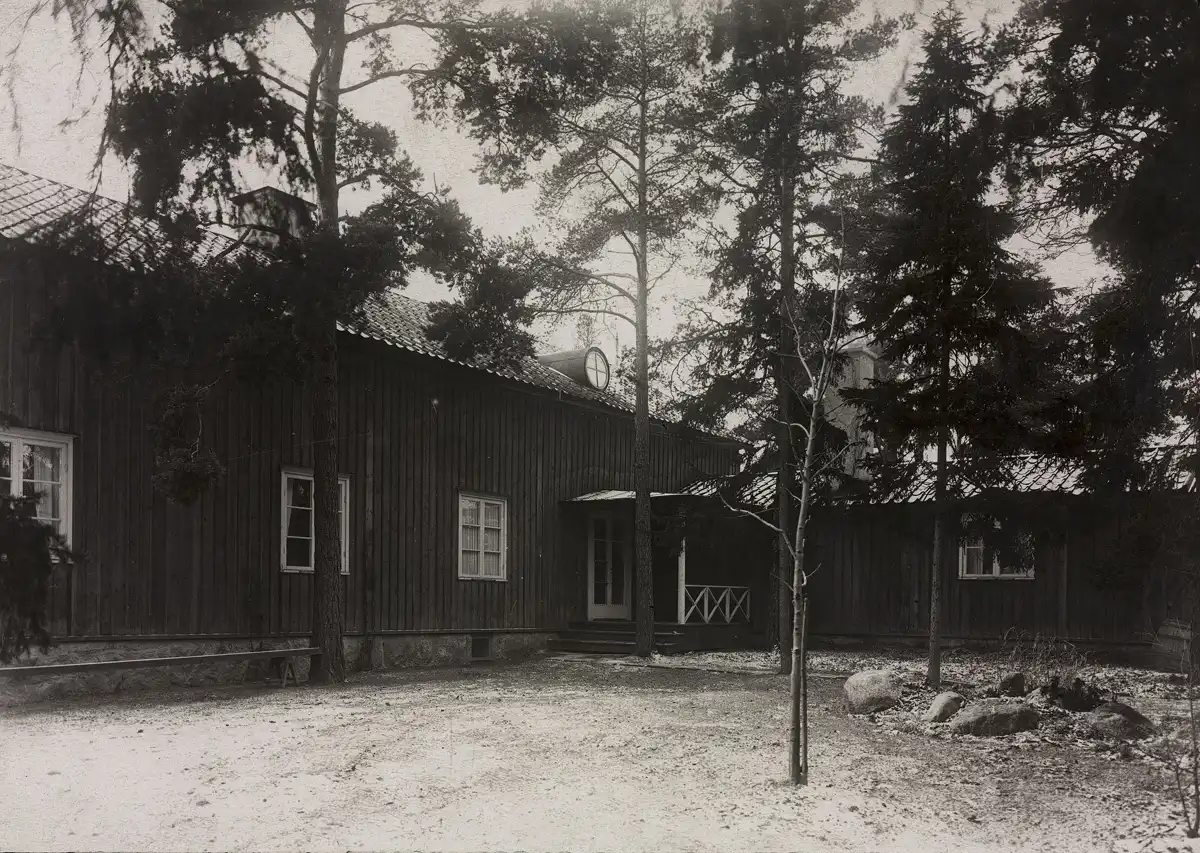
Location: Helsingborg, Sweden
Year: 1914
This residential structure, one of Sigurd Lewerentz’s early modernist works, is remarkable for its simple design approach and harmony with nature. Nestled discreetly on a forested plateau facing south, the extended layout of this wooden house is the result of a desire to create an outdoor courtyard. Villa Ahxner, which serves as the living space for its owners, also includes guest rooms, a kitchen, and service areas.
Built on a granite foundation, the wooden frame villa features a wooden cladding exterior painted in a reddish-gray tone obtained from a sulfate solution with a slight red hue. The villa has a roof covered in Spanish tiles and plastered interior walls. The external stairs are protected with black tar, while the woodwork is painted in gray-white oil paint.
In 1957, an additional garage was added to Villa Ahxner, which remains in good condition today and is an inspiring work of Lewerentz.
Resurrection Chapel
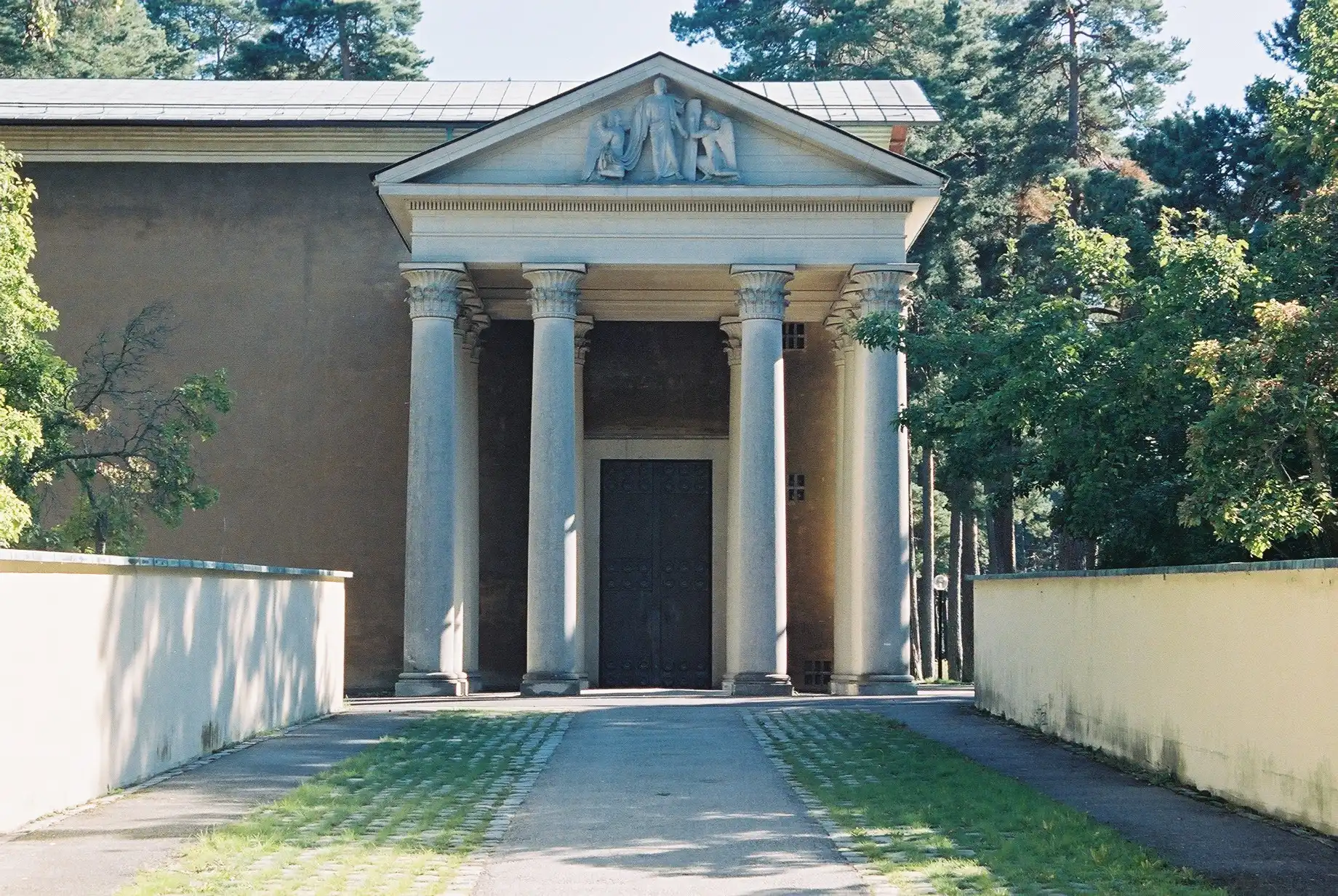
Location: Stockholm, Sweden
Year: 1925
The chapel in Woodland Cemetery, designed by Sigurd Lewerent in 1915, together with Klara Skola and Gunnar Asplund, is one of Lewerentz’s inspiring works. Since the Woodland Chapel designed by Asplund was not enough, the 900-meter-long Resurrection Chapel designed by Sigurd Lewerentz has a unique view.
The Resurrection Chapel, which has a simple and calm design, takes its name from the sculpture group made by Ivar Johnson above the entrance supported by twelve columns. The Chapel, which is reached by a path extending south from the Meditation Grove, a hill in the north, is long, narrow, and high. The peaceful effects of the earth and nature can also be felt in the interior of the Chapel, which was designed in harmony with the Woodland Cemetery. The floor of the interior, which contains details reminiscent of classical and modern architecture, is covered with Carrara marble.
National Insurance Institue
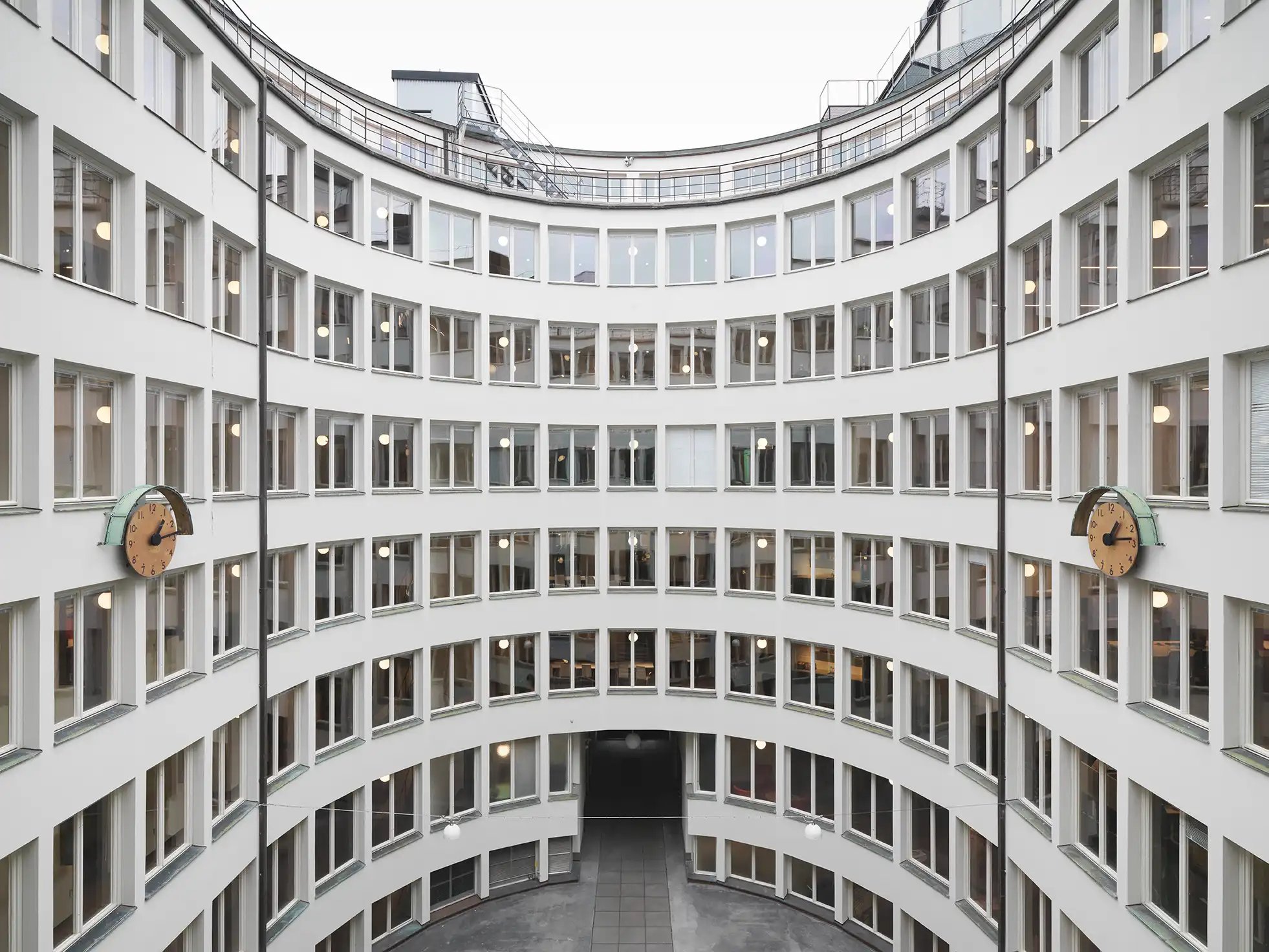
Location: Stockholm, Sweden
Year: 1932
One of Sigurd Lewerentz’s inspiring buildings, the National Insurance Institute, is an important structure where modernist principles blend aesthetics and functionality. Built as a result of Lewerentz winning the competition he participated in, the institute was designed not only as an administrative building but also as a meaningful space for public use.
The institute features a symmetrical façade, with its smooth, gray plastered exterior and square windows set into the depth of the façade, creating a striking appearance. The only decoration applied to the minimalist plastered exterior is the embossed Swedish coat of arms above the main entrance. The building, which surrounds the courtyard with an elliptical façade structure, is designed so that all rooms facing the courtyard receive an equal amount of natural light. On the top floor, where the dining hall is located, the exterior and interior walls are set back, creating a terrace that faces the courtyard.
Designed with a simple architectural language, the National Insurance Institute has become one of Lewerentz’s iconic structures due to its interactive relationship with people.
Malmö Opera and Music Theatre
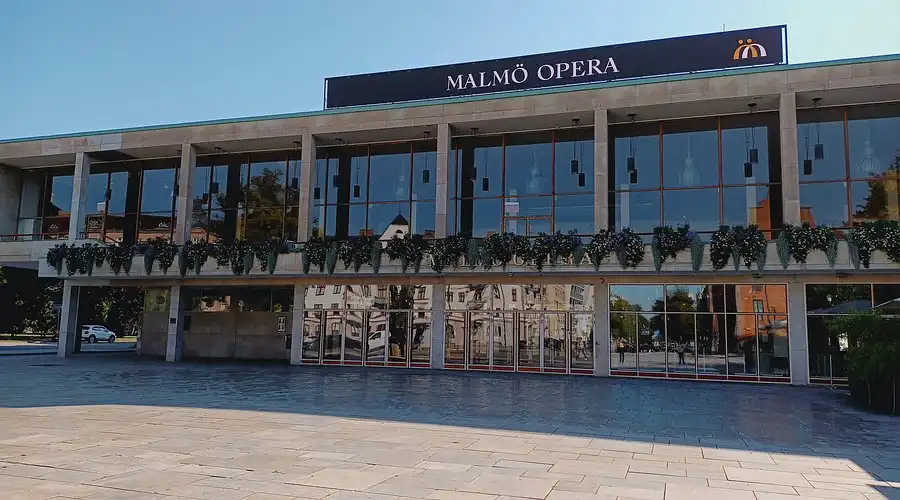
Location: Malmö, Sweden
Year: 1944
Designed by Sigurd Lewerwntz together with Erik Lallerstedt and David Hellden, the Malmo Opera and Music Theatre is one of the masterpieces of functionalist architecture in Sweden. The structure, which is the result of combining the large and small theatres into a single architectural scheme, is striking with its foyer, open surfaces, and marble staircases. The foyer is decorated with artworks, including pieces by Carl Milles and Isaac Grünewald.
The main auditorium, which has a rotating stage with delicate design touches and technical innovations, has maple veneer, red upholstered seats, and wooden partitions placed using rails embedded in the ceiling to reduce the size of the space. The vertically adjustable proscenium is designed to be raised and lowered to seat more audiences or to create an orchestra pit when needed.
The building, made from materials such as concrete, stone, and metal, integrates harmoniously with its surroundings and carries traces of modernism through its symmetrical elements and simple forms. Paying close attention to designing the interior and exterior spaces in harmony, Lewerentz aimed to create a sense of unity for both the audience and performers, using visual simplicity and clarity to enhance the experience in the space.
Villa Edstrand

Location: Helsingborg, Sweden
Year: 1936
Villa Edstrant, one of Sigurd Lewerentz’s inspiring residential projects, has a functionalist design. The terrace of the structure, which is placed at an angle towards the sea horizon on the sunken peninsula, resembles the bridge of a ship. The marine rope railing of the staircase extending to the terrace is the product of a minimalist approach. The steel lintels of the villa with large window openings are left bare and exposed, while the electrical cables extend along the interior walls without being hidden. This villa, which brings the surrounding landscape and nature inside as much as possible, has simple forms and clean lines and is one of Lewerentz’s inspiring works.
For those interested in exploring modern approaches to traditional design principles, PAACADEMY provides a range of resources on parametric and computational design in architecture.
St. Mark Church
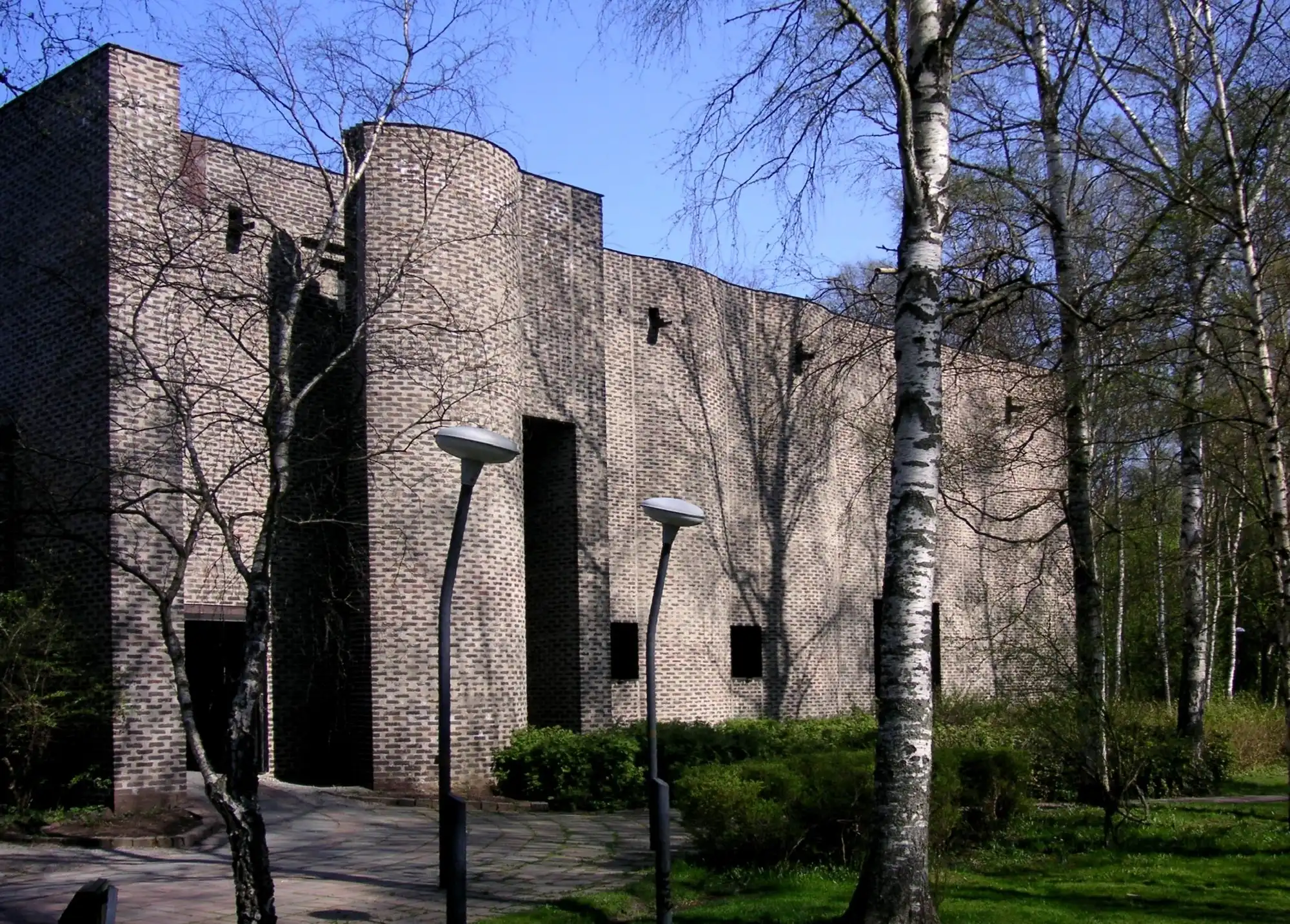
Location: Björkhagen, Sweden
Year: 1963
The first of two churches designed by Sigurd Lewerentz after more than 10 years away from architecture, St. Mark’s Church is an inspiring structure. Located in the middle of a birch tree grove in Stockholm, far from the surrounding suburbs, the church goes beyond being a place of worship; it carries a spiritual depth.
The passage from the courtyard to the church is provided under wooden porticos. The wooden portico, designed separately from the brick church, emphasizes the difference between the two. The church, with its striking simplicity, uses brick for the exterior, ground walls, and ceiling construction, which not only gives the building a solid and powerful presence but also adds a sense of tranquility and depth to its surroundings. Visitors entering through the wooden arcades are greeted by a dimly lit foyer.
The design of this brick church, showcasing Lewerentz’s mastery of materials, results from the combination of modernism’s simple aesthetics with the spiritual depth of a religious building.
St. Peter Church
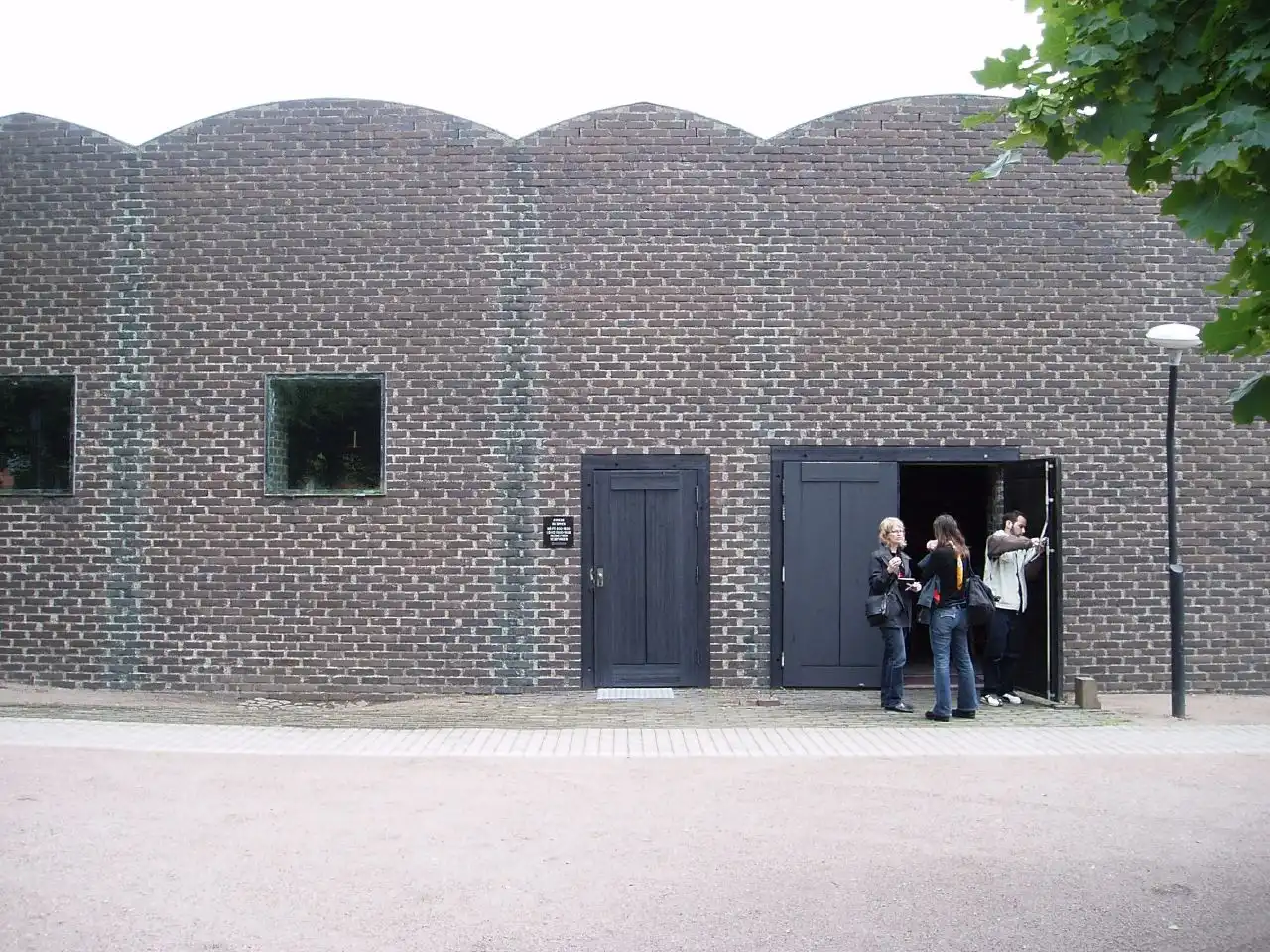
Location: Klippan, Sweden
Year: 1962-1966
St. Peter’s Church, the second church designed by Sigurd Lewerentz after more than a decade away from architecture, is a structure that challenges conventions and transcends its time. The brick church, designed without adhering to traditional construction standards, features mortar joints that spread across the brick surface, creating a rough texture. The dark brick density contrasts sharply with the mirrored glass panels, supported by four small brackets that are mounted directly on the outer walls.
Lewerentz, guided by the idea that the journey to God should be difficult to find, designed the main church to be separated from the auxiliary building by an internal passageway that leads worshippers around the entire church. The spatial composition of the Nave, which has a geometric plan, is irregular and asymmetrical, which makes the church feel cavernous. Offering a spacious and airy atmosphere with its high walls, minimalist furniture, and simple volumes, every element placed in the church’s interior design has been carefully designed to create a calming mood.
Blending modernism with a spiritual experience, St. Peter’s Church is a unique space for religious worship and contemplation.
Malmö Eastern Cemetery
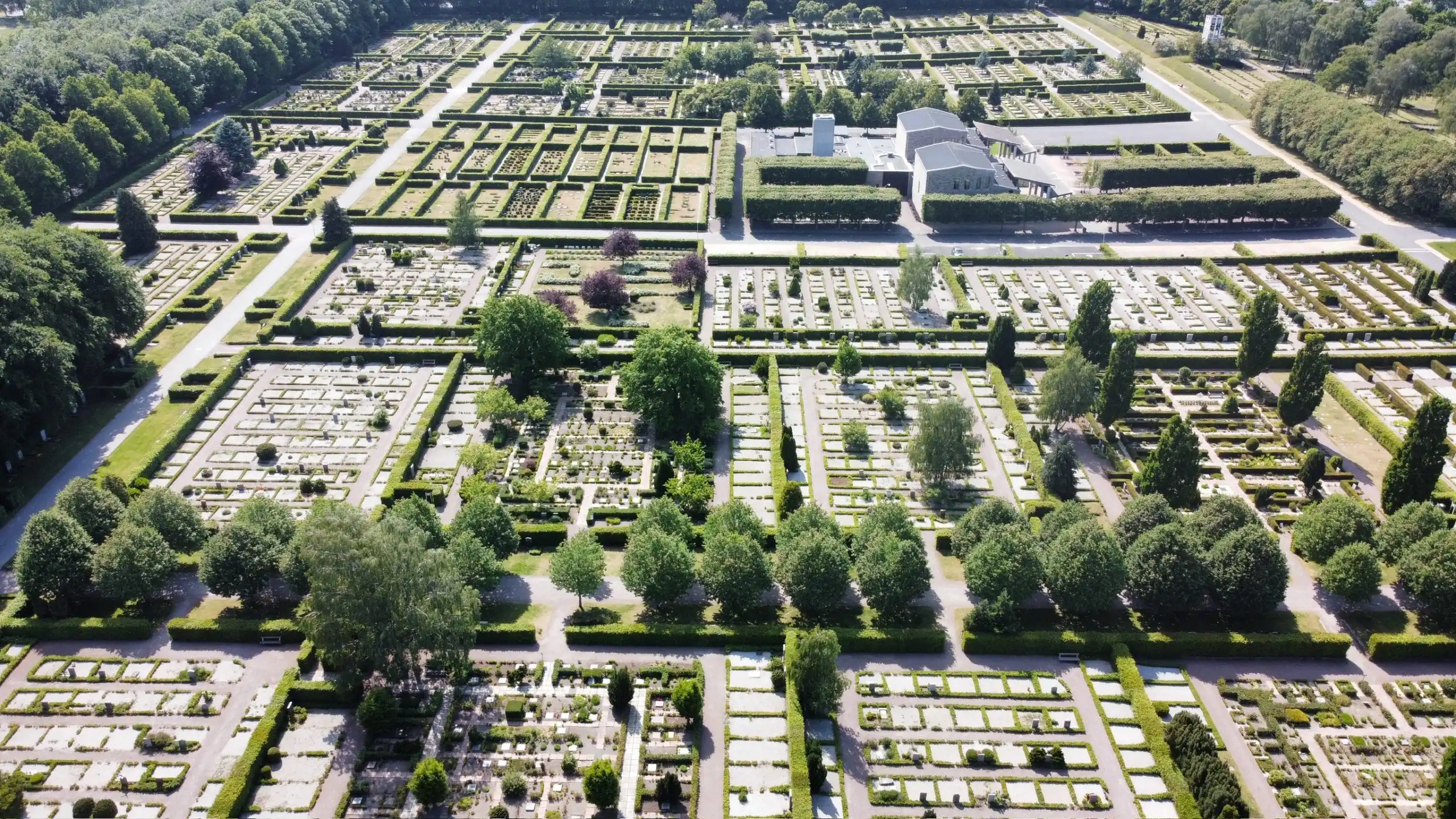
Location: Malmö, Sweden
Year: 1921-1965
Malmö Eastern Cemetery, built after Sigurd Lewerentz won a competition, is the largest cemetery in Malmö. Lewerentz, who dedicated part of his life to the design of this cemetery, created an inspiring example of Swedish architecture and its development over time with his design.
The cemetery, located around the Hohögsåsen ridge, is divided into two architectural styles. To the south of the ridge, trimmed shrubs and shaped trees are arranged in a regular pattern, while to the north, the landscape features more freely growing, continuous grasses. The cemetery includes the classical-style St. Birgitta Chapel, a functionalist crematorium, and a bell tower designed by Lewerentz. The flower kiosk, a simple concrete house with windows held together with black sealant, is a striking structure designed by Lewerentz.
Malmö Eastern Cemetery, where the cemetery sections are separated by fences and surrounded by trees and separated from the urban areas, is Lewerentz’s last work before he passed away in 1975.
Flower Kiosk
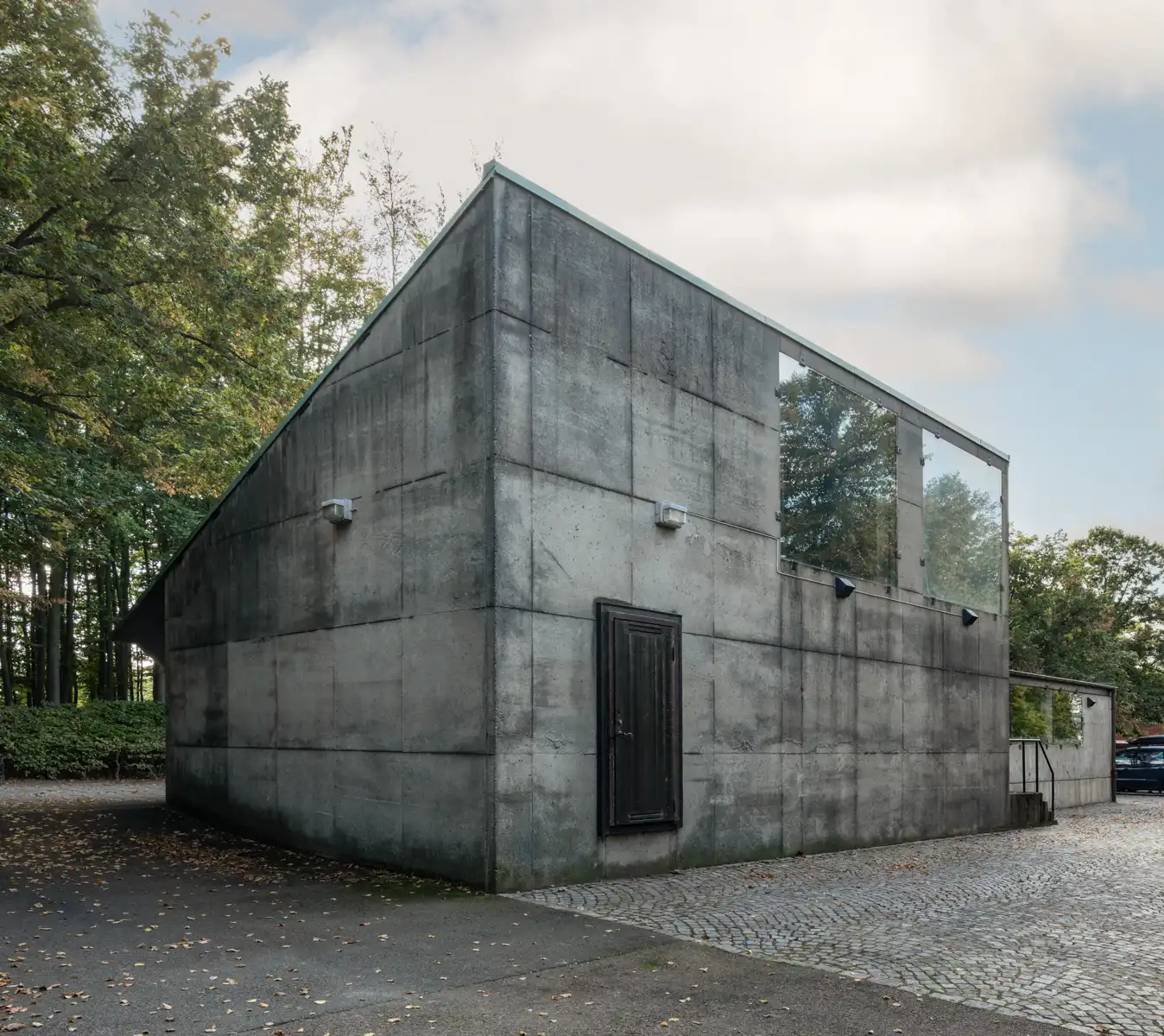
Location: Malmö, Sweden
Year: 1969
The Flower Kiosk designed by Lewerentz for Malmö Eastern Cemetery is a small structure with plywood shutters and concrete walls. Its roof, made of thin copper-clad beams, extends over the sidewalk. Designed with a skeptical yet open-minded approach, the interior of this building features exposed electrical cables and lights arranged in a flower-like pattern on the raw concrete.
Focusing on functionality, the interior is designed to facilitate the smooth flow of customers while displaying flowers in a way that optimizes space. With its modernist lines and simple design, the flower shop is both architecturally and functionally inspiring.




















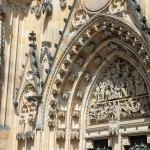










Leave a comment